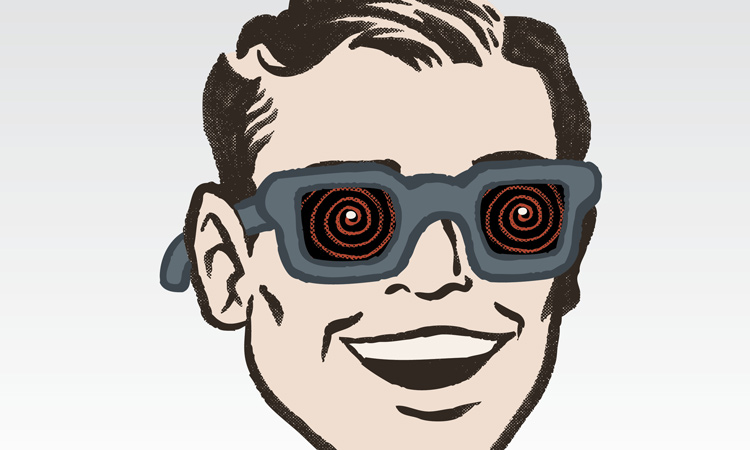Light Touch
The Secrets of X-Ray Spex
Exploring the novelty glasses’ diffraction-grating-based optical illusion.
 [Getty Images]
[Getty Images]
X-Ray Spex, the cheap cardboard glasses that promised to show you the bones in your hand or the body of another person beneath their clothes, have been amazing people—and disappointing them—since 1906, when the first ones were patented in the United States. But they didn’t really burst upon the market until 1964. Then, the cheap black-rimmed spectacles, with all but a small hole in the center of each cardboard “lens” obscured by red and black hypnotizing swirls, were widely marketed by novelty dealer Harald Nathan Braunhut, who also “invented” Sea Monkeys.
…Log in or become a member to view the full text of this article.
This article may be available for purchase via the search at Optica Publishing Group.
Optica Members get the full text of Optics & Photonics News, plus a variety of other member benefits.
